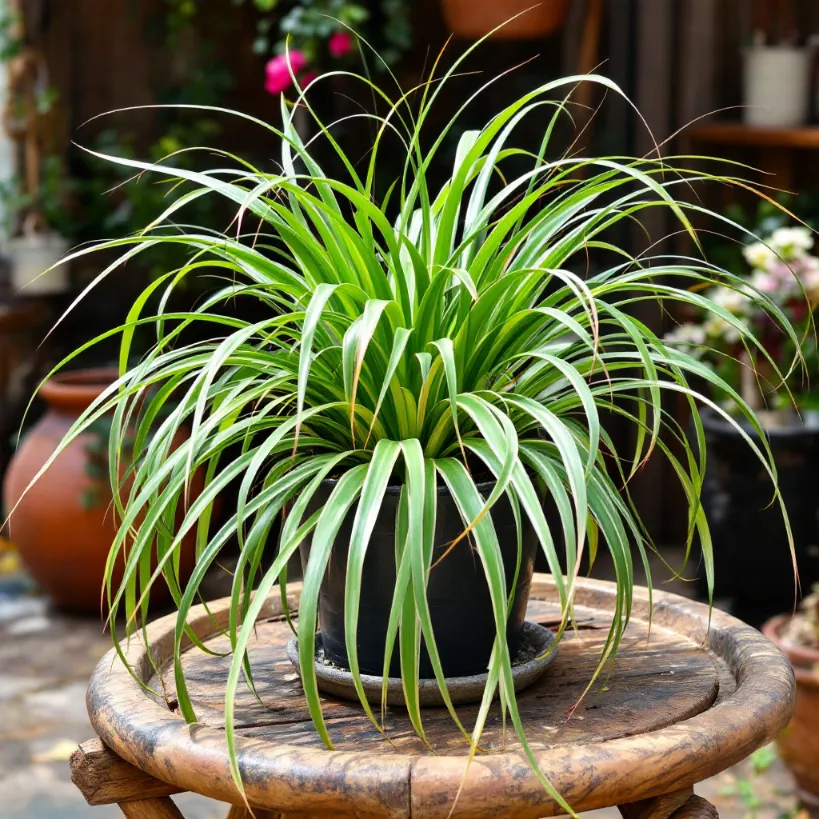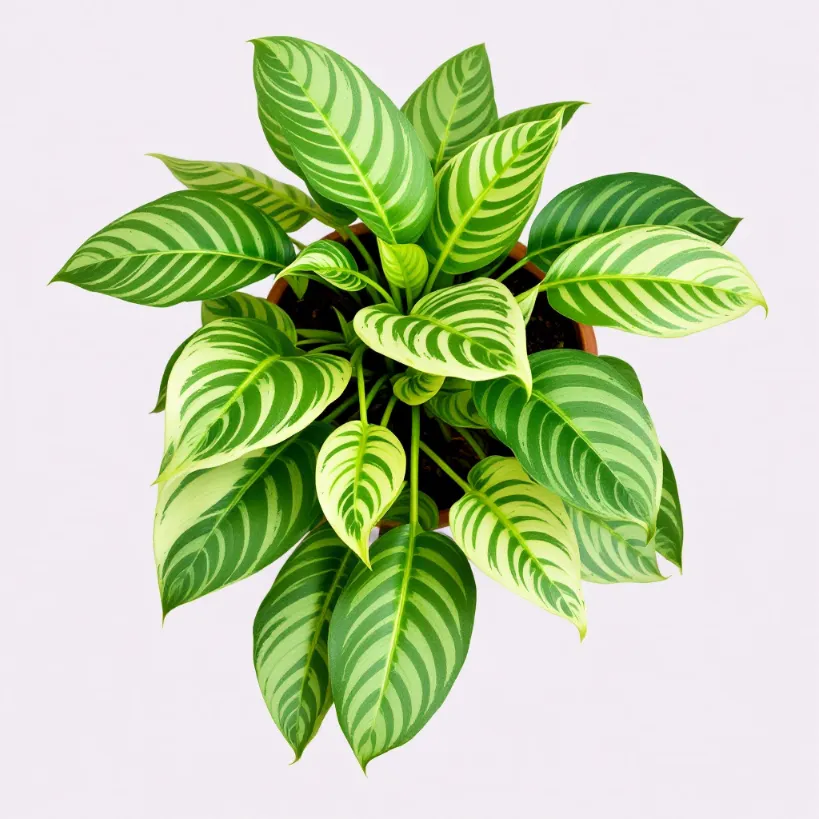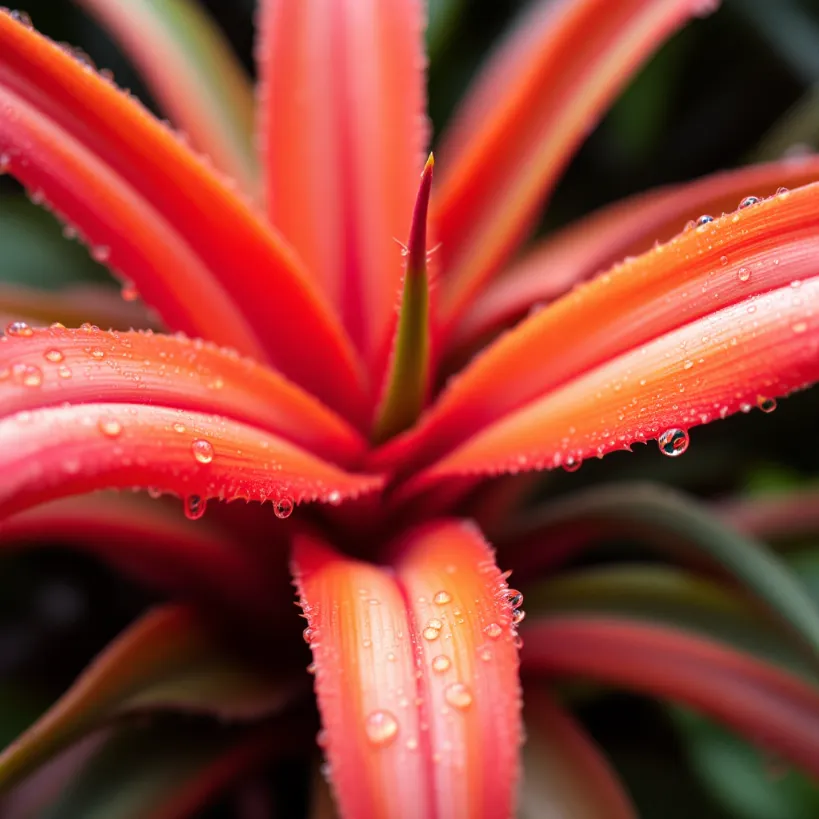Philodendrons need water when the top inch of soil feels dry. These tropical beauties prefer consistent moisture but hate soggy feet. Water them once a week during growing season and less in winter.
Check soil moisture with your finger — if it’s dry an inch down, it’s drinking time. Too much water turns leaves yellow, while too little makes them droop. Simple as that.
Key Takeaways
- Water philodendrons when the top 1-2 inches of soil feels dry to touch
- Reduce watering frequency in fall and winter when growth slows down
- Yellow leaves often signal overwatering; drooping leaves indicate thirst
- Use room temperature water and ensure pots have proper drainage
- Adjust watering based on light exposure — plants in brighter spots need more water
- Check soil moisture with your finger rather than following a rigid schedule
The Finger Test: Your Most Reliable Tool

The finger test works better than any fancy gadget. Stick your finger about an inch into the soil. Dry? Water it. Still damp? Wait a few days. Trust your finger — it knows.
Most philodendron varieties need watering once a week in summer. Winter? Maybe every two weeks. The plant tells you what it needs — you just need to listen.
Seasonal Adjustments: Summer Thirst vs. Winter Rest
Plants aren’t robots. They don’t need the same amount of water year-round.
In spring and summer, philodendrons wake up. They grow. They drink more. Water them when the top inch of soil dries out.
Fall and winter bring rest time. Growth slows down. Water less — maybe half as often. Overwatering during winter kills more plants than underwatering.
Signs Your Philodendron Is Thirsty
Plants talk. You just need to understand their language.
Drooping leaves scream for water. Crispy brown edges mean you waited too long. The soil pulls away from the pot sides? Emergency water situation.
But don’t panic and drown them. Water thoroughly until it drains out the bottom. Then wait until the soil dries again before the next drink.
When You’ve Given Too Much: Overwatering Signals
Yellow leaves tell a sad story — too much water. Soft, mushy spots on leaves mean trouble below. Root rot has started its dirty work.
Overwatered soil smells funky — like a swamp. The pot feels heavy even days after watering. These are red flags.
If you’ve overwatered, stop immediately. Let the soil dry out. In severe cases, repot with fresh, dry soil after trimming rotted roots.
Watering Techniques: Top vs. Bottom

Top watering works fine. Pour water evenly around the base until it drains out the bottom holes. Simple and effective.
Bottom watering has fans too. Place the pot in a tray of water for 30 minutes. The soil sucks up moisture from below. This encourages deeper roots.
Either way works. Just make sure excess water escapes. Standing water equals dead plants.
Water Quality Matters
Tap water often contains chemicals that build up in soil. Not ideal.
If possible, use:
-
Filtered water
-
Rainwater
-
Distilled water
-
Or at least let tap water sit overnight before using
Room temperature water prevents shock. Cold water stresses tropical plants — they didn’t evolve in frigid mountain streams.
Environmental Factors That Change Water Needs

Bright light means more water. Plants near windows drink faster than those in dim corners.
Low humidity makes soil dry quicker. Winter heating systems suck moisture from everything — including your plants.
Terracotta pots dry out faster than plastic. The material breathes, which plants like, but means more frequent watering.
Self-Watering Options for the Forgetful
Self-watering pots work well for philodendrons. They provide consistent moisture without drowning roots.
Water reservoirs let plants drink as needed. No more guessing games.
But don’t get lazy — still check soil moisture occasionally. Even automatic systems need human oversight.
The Bottom Line on Philodendron Watering
Watering philodendrons isn’t rocket science. Check the soil. Water when dry. Adjust for seasons.
Watch your plant. It tells you what it needs. Yellow leaves? Less water. Drooping? More water.
Get the watering right, and your philodendron will reward you with lush growth. Get it wrong, and — well, there’s always plastic plants.
If you’re still struggling with your plant’s watering needs, consider checking out our guide on troubleshooting philodendron plants or learning about creating the perfect environment for your green friends.
References
Related Topics You May Enjoy
- This concept relates closely to what we cover in our analysis of Philodendron Verrucosum Care: Expert Tips for Velvety Leaves Philodendron Verrucosum Care: Expert Tips for Velvety Leaves.
- This approach is complemented by the strategies outlined in our How to Root Philodendron Cuttings in Water [2025 Guide] resource How to Root Philodendron Cuttings in Water [2025 Guide].
- Building on these ideas, our Philodendron Propagation: 5 Expert Methods for Success guide offers further perspectives Philodendron Propagation: 5 Expert Methods for Success.